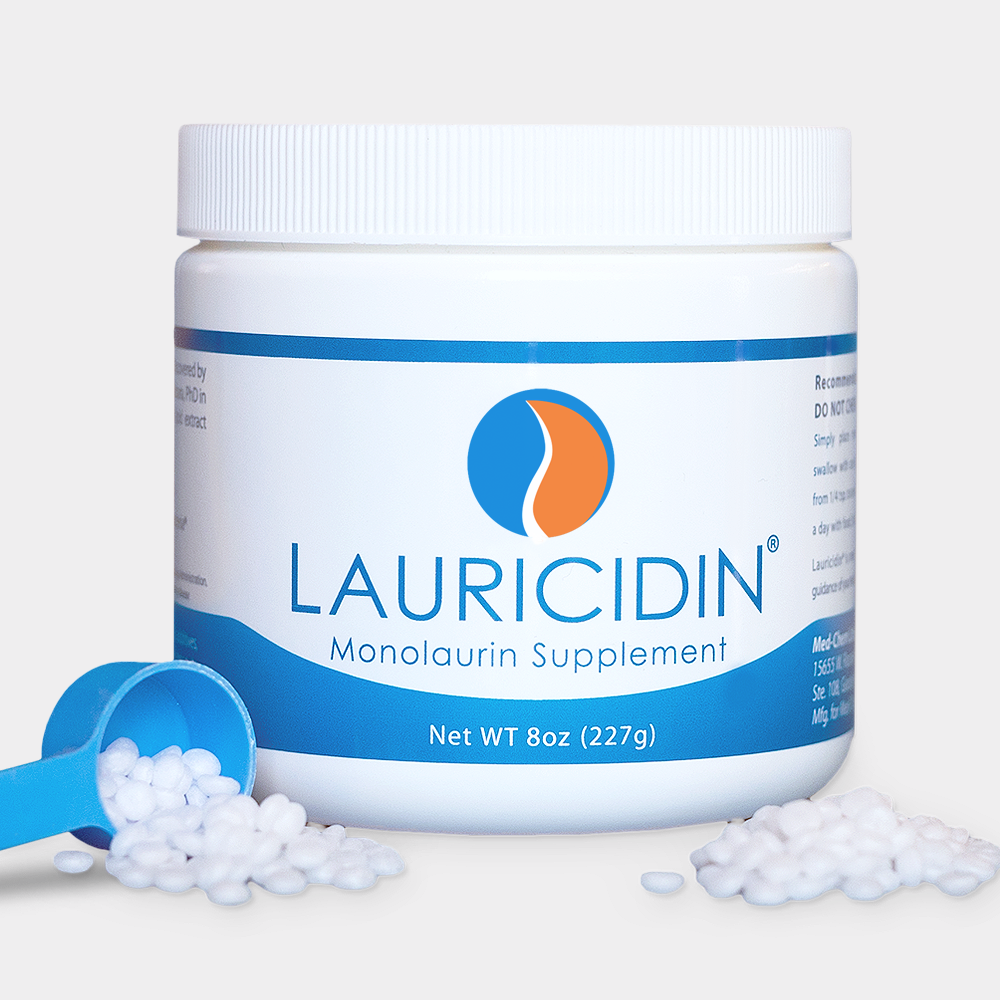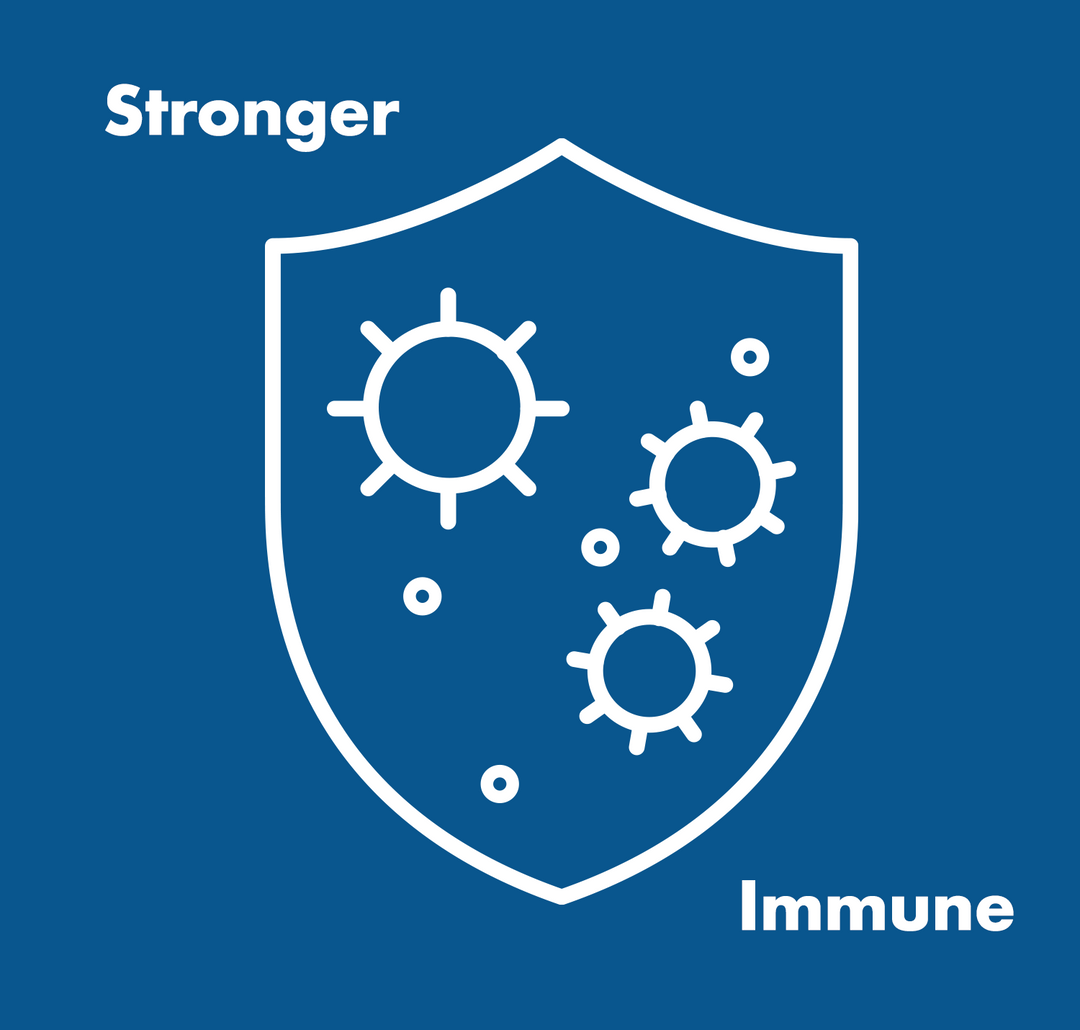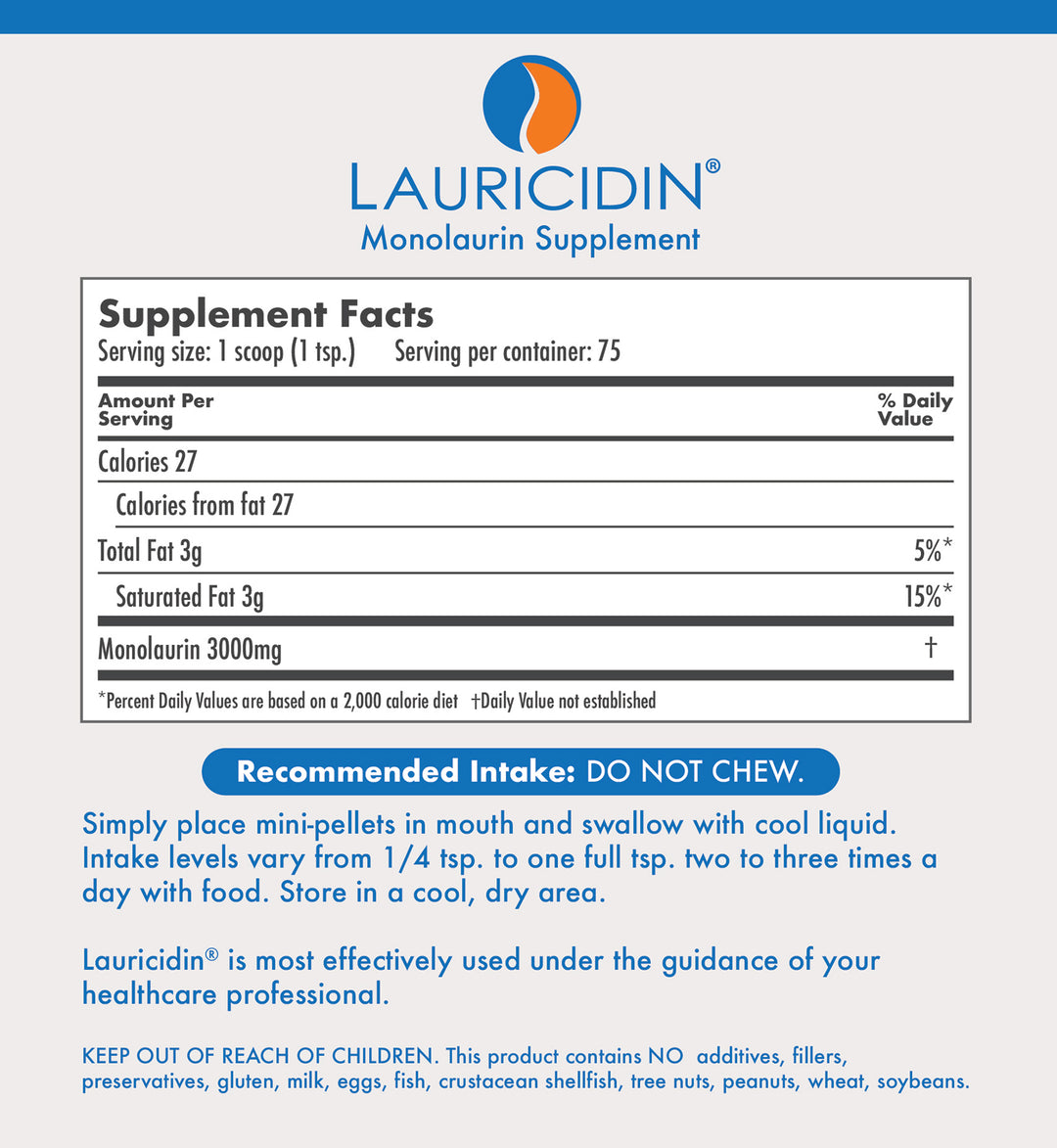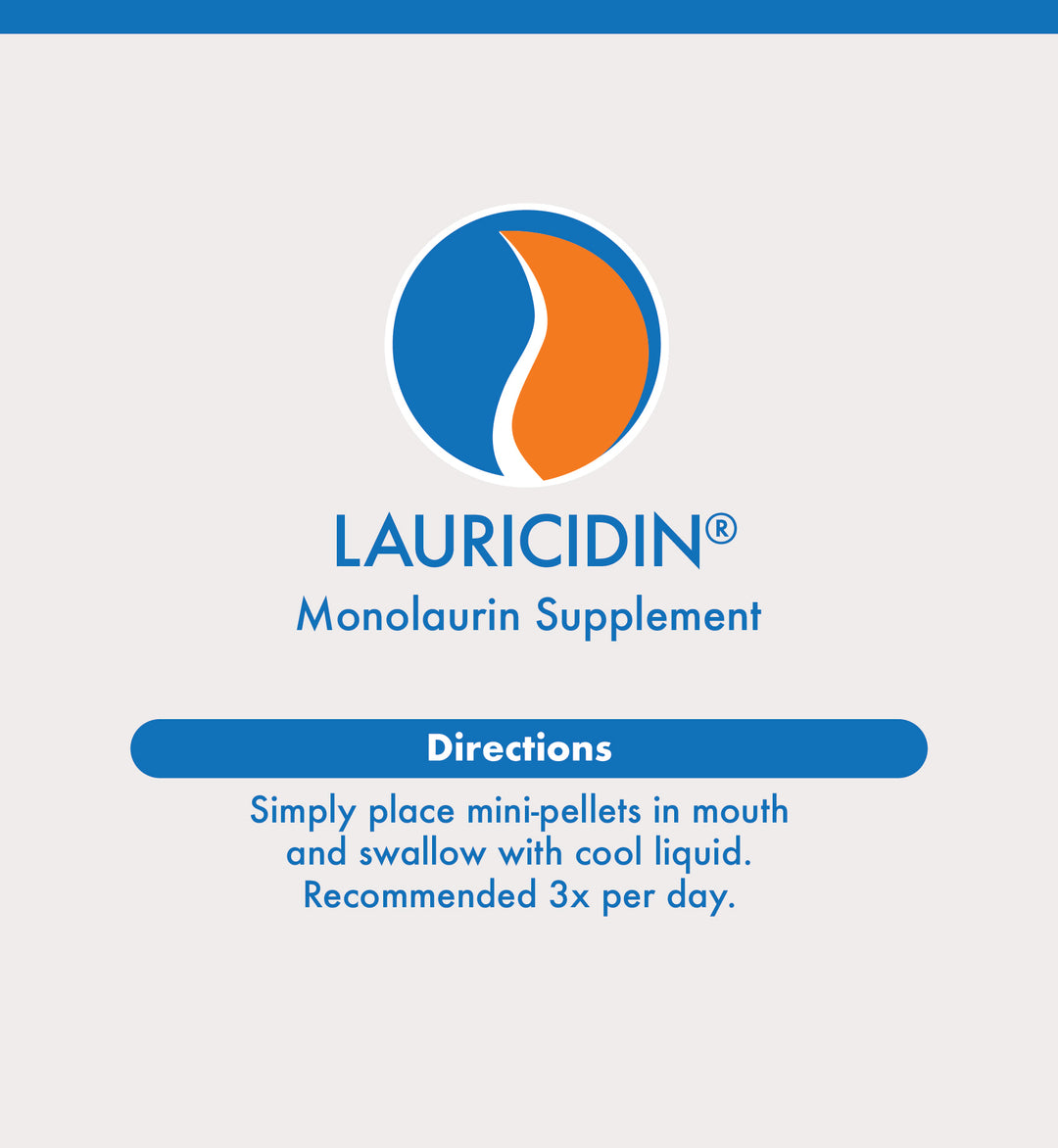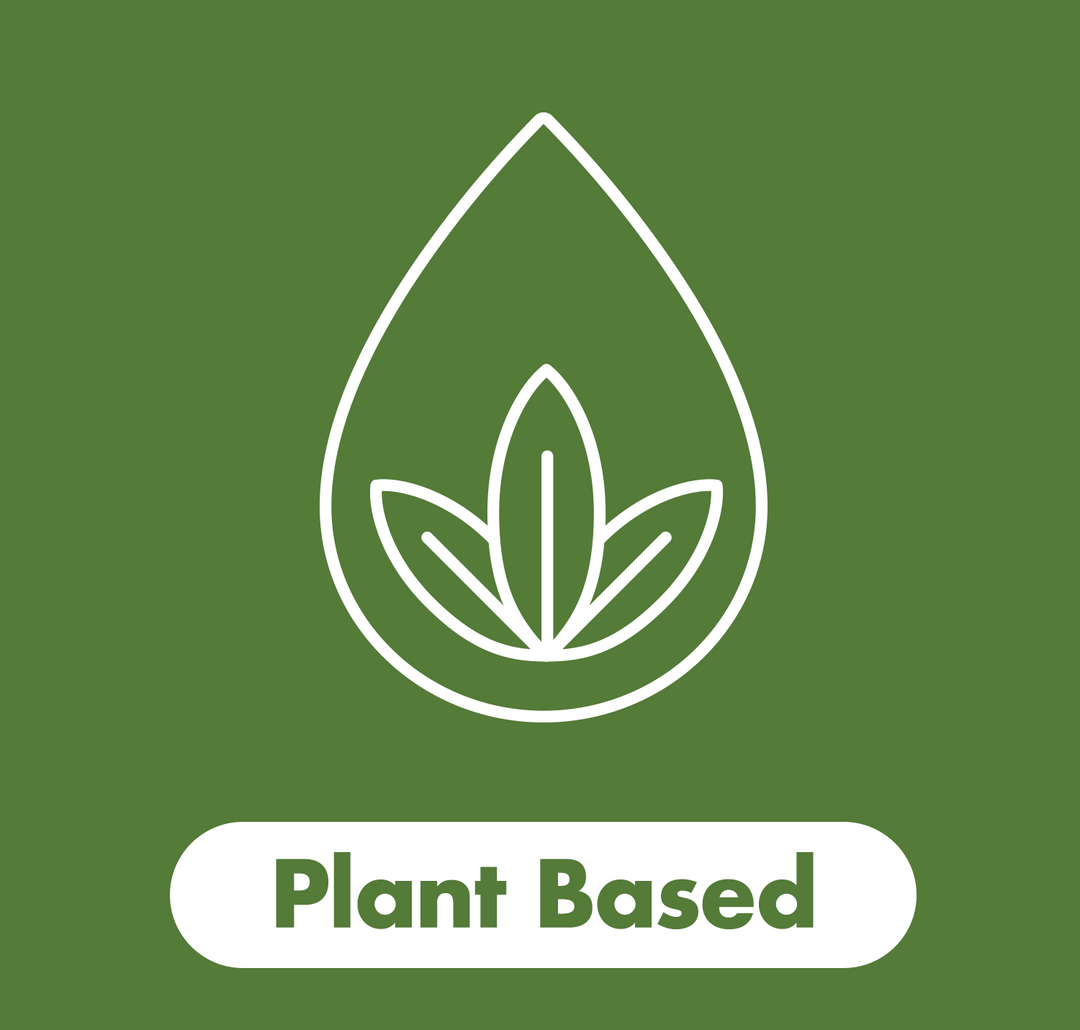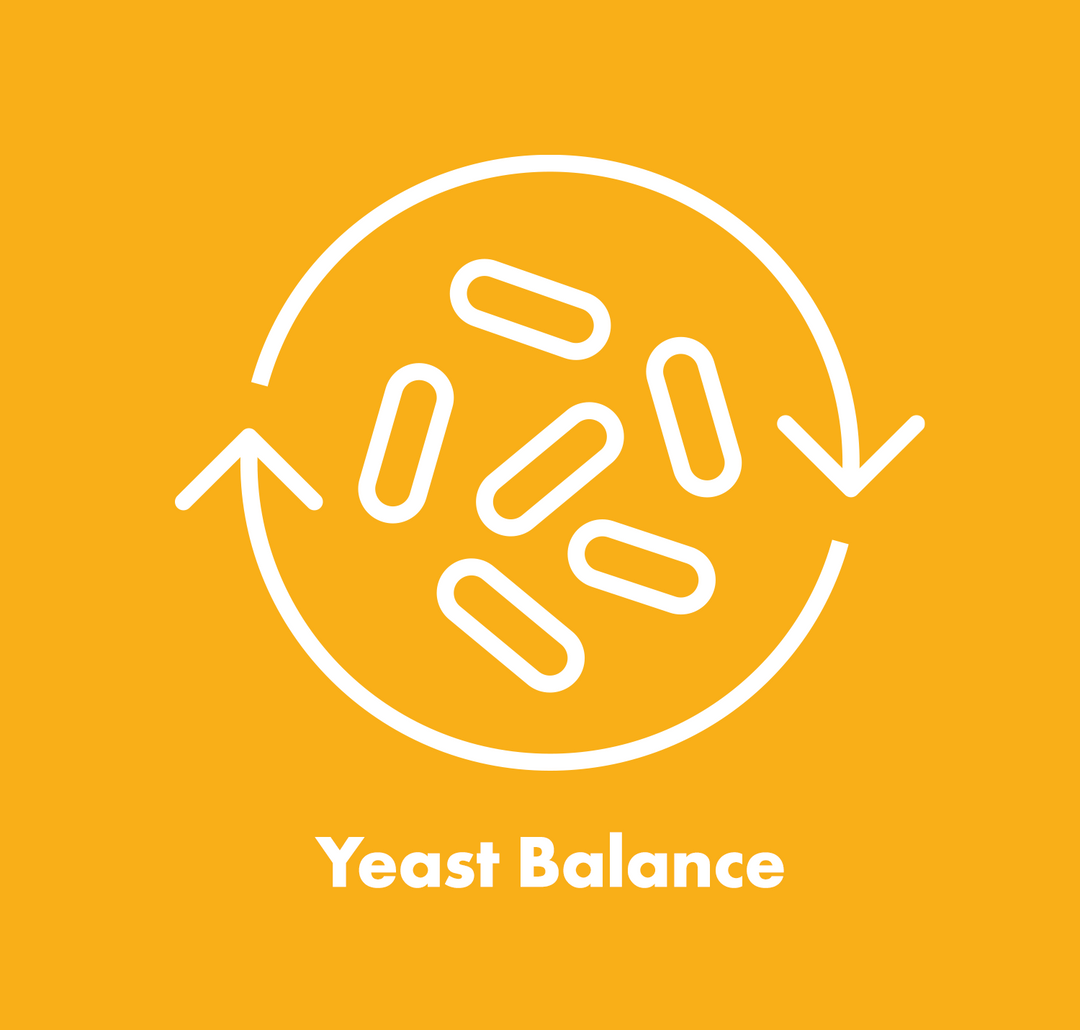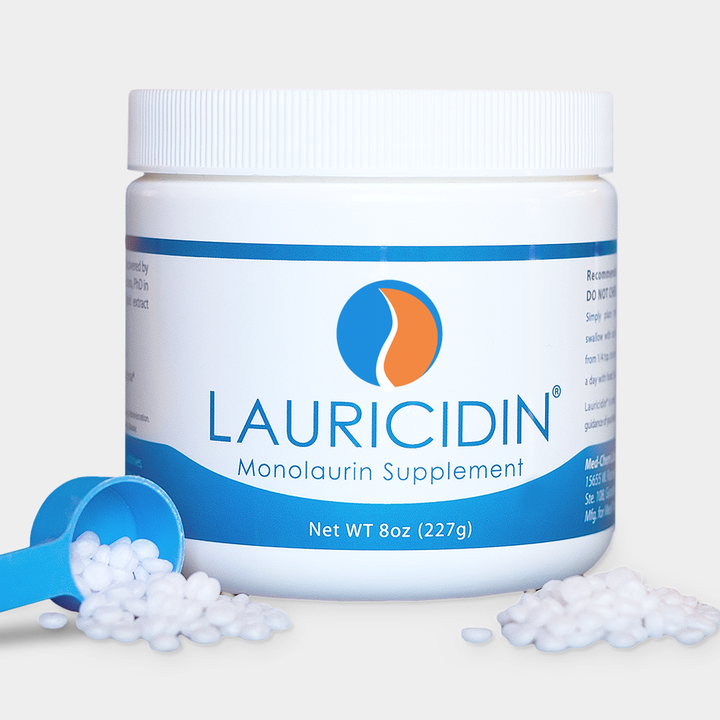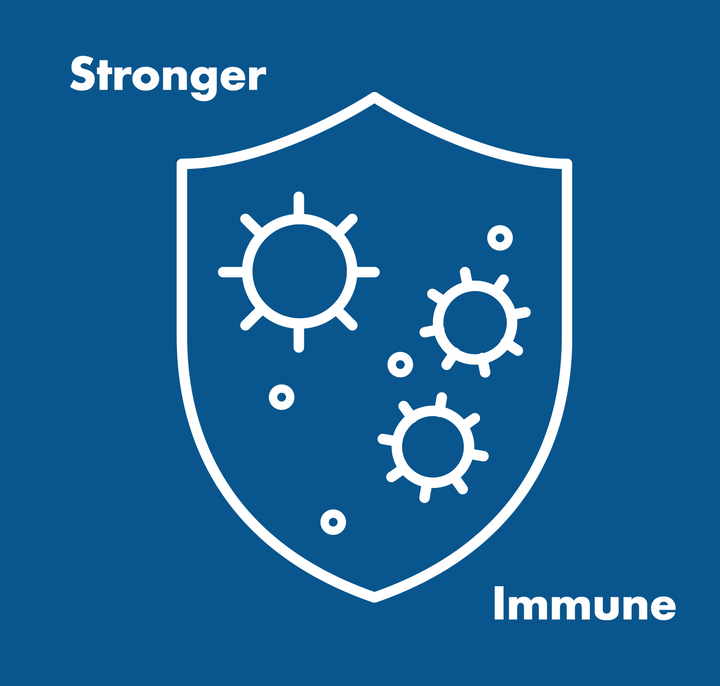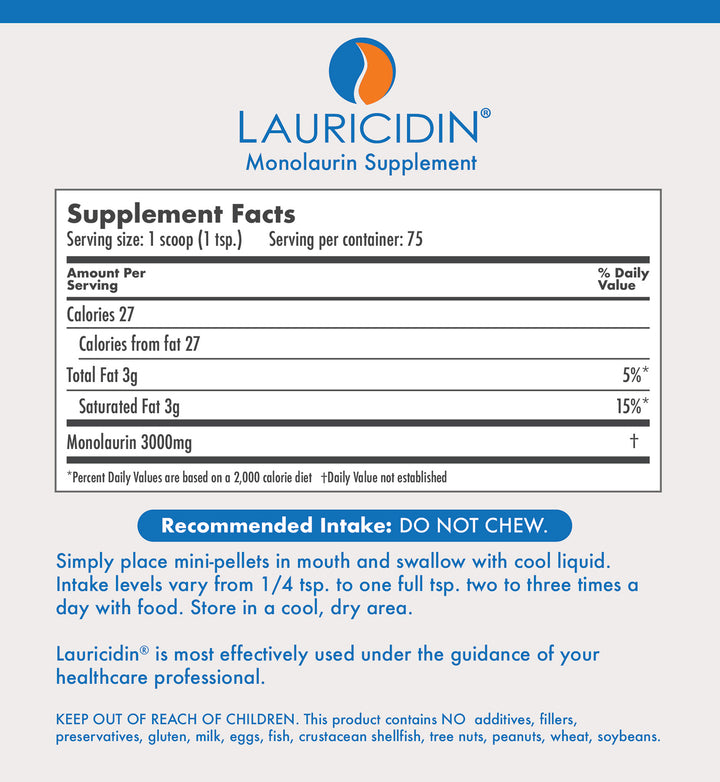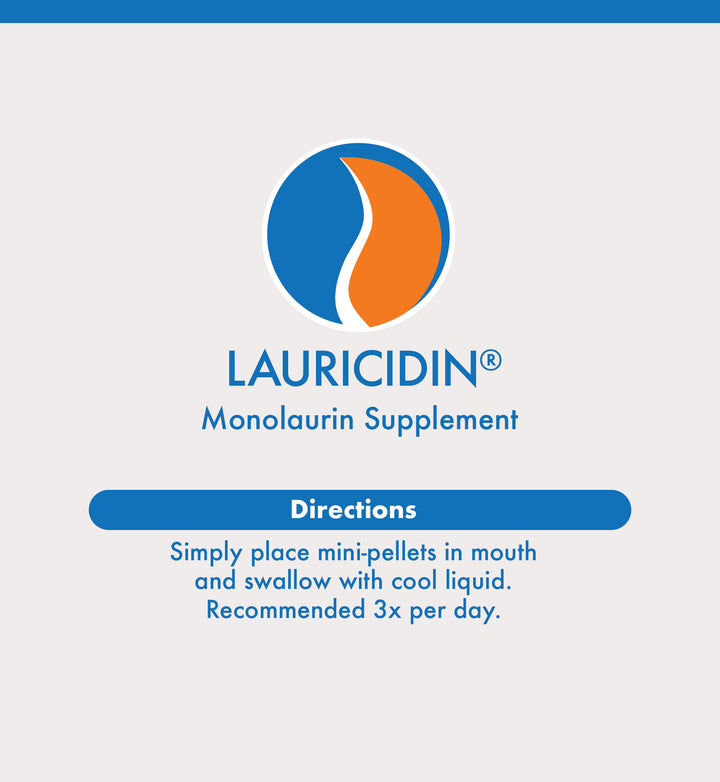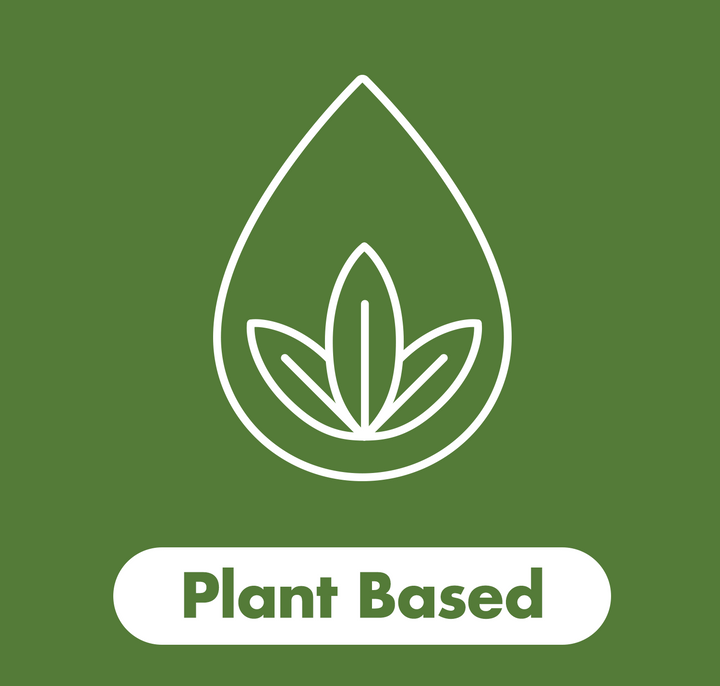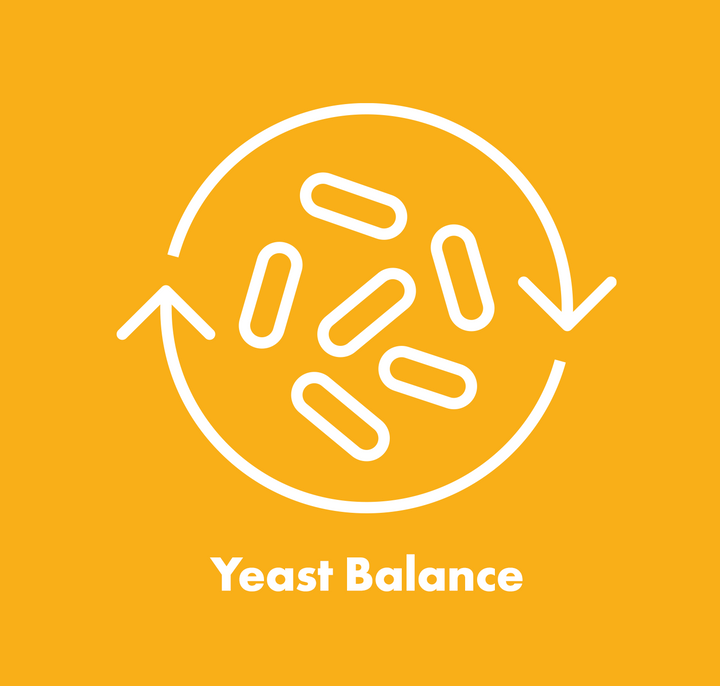- Coconut oil has antifungal properties, but might not be enough for severe Candida overgrowth; consider adding other supplements.
- Lauric acid in coconut oil becomes monolaurin, which fights Candida, but pure monolaurin supplements may be more effective.
- Coconut oil can be used in diet and topically for mild Candida, but systemic issues often require a broader treatment plan.
In functional medicine, Candida overgrowth frequently surfaces as a culprit behind stubborn digestive issues, fatigue, skin concerns, and even cognitive disturbances. Patients often come to my clinic intrigued by natural remedies they've heard about online, notably coconut oil. But does coconut oil genuinely deliver relief from Candida, or is it just a myth? Let's dive into the scientific evidence.
Table of Contents
Understanding Candida Overgrowth
Candida albicans is a yeast naturally present in small amounts within the human gut. Problems arise when this yeast multiplies excessively, leading to symptoms ranging from digestive distress to systemic inflammation. Effective management involves reducing yeast populations and rebalancing gut flora.
Coconut Oil’s Antifungal Power: Science or Hype?
Coconut oil has long been celebrated for its antimicrobial properties. Specifically, its antifungal potential is largely due to a medium-chain fatty acid called lauric acid. Lauric acid converts into monolaurin in the body, a compound shown to inhibit fungal growth, including Candida albicans (PMID: 36319457).
A recent study highlighted coconut oil’s ability to significantly inhibit Candida growth, demonstrating up to an 80% reduction in Candida albicans populations in vitro (PMID: 36819640). While these laboratory results are compelling, clinical efficacy depends largely on consistent dosing and individual digestive factors.
Lauric Acid vs. Monolaurin: Clarifying the Differences
Coconut oil naturally contains around 50% lauric acid, a notable antifungal and antimicrobial component. The body metabolizes lauric acid into monolaurin, the active antifungal agent responsible for its beneficial effects. For those seeking concentrated therapeutic outcomes, monolaurin itself (as found in Lauricidin supplements) often provides a more potent and consistent effect compared to raw coconut oil alone. Read more about MCT vs. coconut oil here.

Practical Application: How to Use Coconut Oil for Candida
Dietary Intake:
Incorporate coconut oil into your diet by cooking with it or blending it into smoothies. Start slowly (1–2 teaspoons daily) and gradually increase to 1–3
Topical Application:
For external yeast infections (skin rashes or oral thrush), topical coconut oil applications may provide soothing relief.
However, for systemic Candida issues, relying solely on coconut oil might not be sufficient. Complementing coconut oil with other antifungal supplements and dietary changes typically yields the best outcomes. Explore a comprehensive list of effective Candida-fighting supplements here.
Pros and Cons of Coconut Oil for Candida
PROS:
Demonstrated antifungal and antimicrobial effects
-
Safe, non-toxic, and widely available
Beneficial fats support gut healing
Coconut oil's proven ability to fight fungi and bacteria makes it a natural option. Its safety and easy access enhance its appeal. Healthy fats in coconut oil can aid in repairing the gut.

CONS:
Variable lauric acid content makes dosing challenging
-
High doses might cause digestive upset
Potentially insufficient alone for severe overgrowth
The amount of the active antifungal ingredient varies, making it hard to know how much to use. Using a lot might upset the stomach. It might not be strong enough by itself for serious infections.

"While coconut oil provides valuable antifungal lauric acid, monolaurin offers a more concentrated and consistent therapeutic dose. Clinically, pure monolaurin supplements often yield more predictable outcomes, particularly for significant or systemic Candida overgrowth."
Why Lauricidin (Monolaurin) Could be a Superior Choice
Pure monolaurin supplements, such as Lauricidin®, provide measured, consistent antifungal potency. Clinical experience indicates enhanced efficacy for treating systemic Candida overgrowth compared to coconut oil alone. Discover Lauricidin’s advantages here.
Frequently Asked Questions
Does coconut oil really kill Candida?
Yes, coconut oil has been scientifically demonstrated to inhibit Candida albicans, largely due to lauric acid converting into monolaurin—a potent antifungal agent. However, its effectiveness in systemic cases may be limited unless combined with additional targeted therapies.
How much coconut oil should I take daily for Candida?
Start with 1–2 teaspoons daily, gradually increasing to 1–3 tablespoons per day. Monitor your symptoms and digestion closely; some individuals may experience discomfort at higher doses, indicating a need to reduce the quantity or switch to pure monolaurin supplements.
Can coconut oil treat oral thrush?
Topically applied coconut oil can soothe oral thrush due to its antifungal properties. Swish a teaspoon in your mouth for several minutes daily. Nonetheless, persistent thrush typically requires a broader antifungal approach and dietary interventions for long-lasting relief.
Can you cook with coconut oil on the Candida diet?
Absolutely! Cooking with coconut oil is encouraged, as it provides antifungal benefits while promoting gut health. Ensure moderation and pair with other dietary adjustments, such as reducing sugars and carbohydrates, to enhance its effectiveness.






